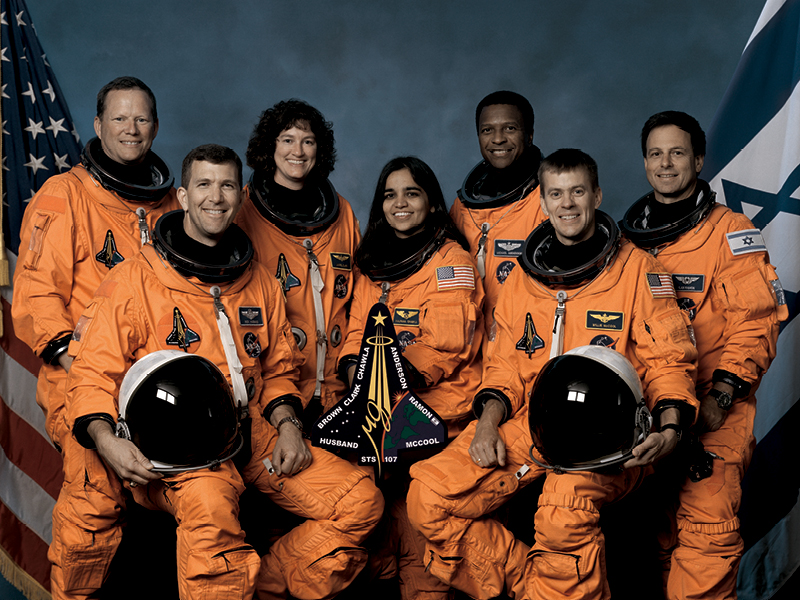People living in Hemphill, Texas — and in much of Sabine County for that matter — don’t think of February 1 as just another day. It was on that date in 2003 that Space Shuttle Columbia rocketed to the earth due to a malfunction in reentry to the Earth’s atmosphere in route to Kennedy Space Center in Florida. All seven astronauts on board were killed.
Much of the debris landed in and around Hemphill, including the flight recorder that helped NASA piece together what went wrong.
Stunned and overwhelmed, the small community and unpopulated rural areas surrounding it sprang into action much to the admiration of NASA, Texans, and Americans alike. Their mission was to help anyway they could for investigators and salvagers to do their job.
The story of how a small community served up thousands of meals, cooperated with needs for property and resources, and made ground zero as much like home during the massive effort is inspirational.
Members of the Hemphill community assisted NASA in accomplishing an unprecedented air, ground, and water search. Their dedication was instrumental in the recovery of more than 80,000 pieces that helped NASA understand the accident, and provided the groundwork for the agency’s successful return to flight. The debris was spread from Corsicana to western Louisiana. The flight recorder was found in Hemphill.
“Their mission became our mission,” volunteer Belinda Gay says. “At every recovery of our astronauts, a memorial service was performed. By day 12, all our astronauts were recovered and their remains were sent home.”
Eight years later, with the help of public and private contributions, the community opened the NASA Columbia Museum in Hemphill. Its exhibits tell the story of Columbia’s 28 missions and the fateful day that the airship and its occupants came to rest on Sabine County soil. Besides the artifacts and information, an introductory video helps tell the story.
The museum plans to mark the day of the tragedy special events. Visitors to the museum get in free on February 1 of every year to honor the anniversary. Guest speakers are on hand at the museum throughout the day to randomly discuss various topics related to Columbia and the recovery effort. Volunteers also tell of their memories from that time in 2003.
Activities throughout the year at the museum include a tour taking visitors on a journey through Columbia’s first historical flight through its last mission. It also provides a glimpse of the recovery of Columbia and the crew, along with two people who lost their lives in the recovery efforts. This museum has many items and artifacts from NASA and its contractors, the families of the crew, as well as from other individuals.
Regular hours of operation are Tuesday through Saturday from 10 a.m. to 5 p.m. and Sunday and Monday by appointment only (excluding holidays). Admission is $5 for adults and $3 for students.
Go to nasacolumbiamuseum.com or call 409.787.4827 for more information.


